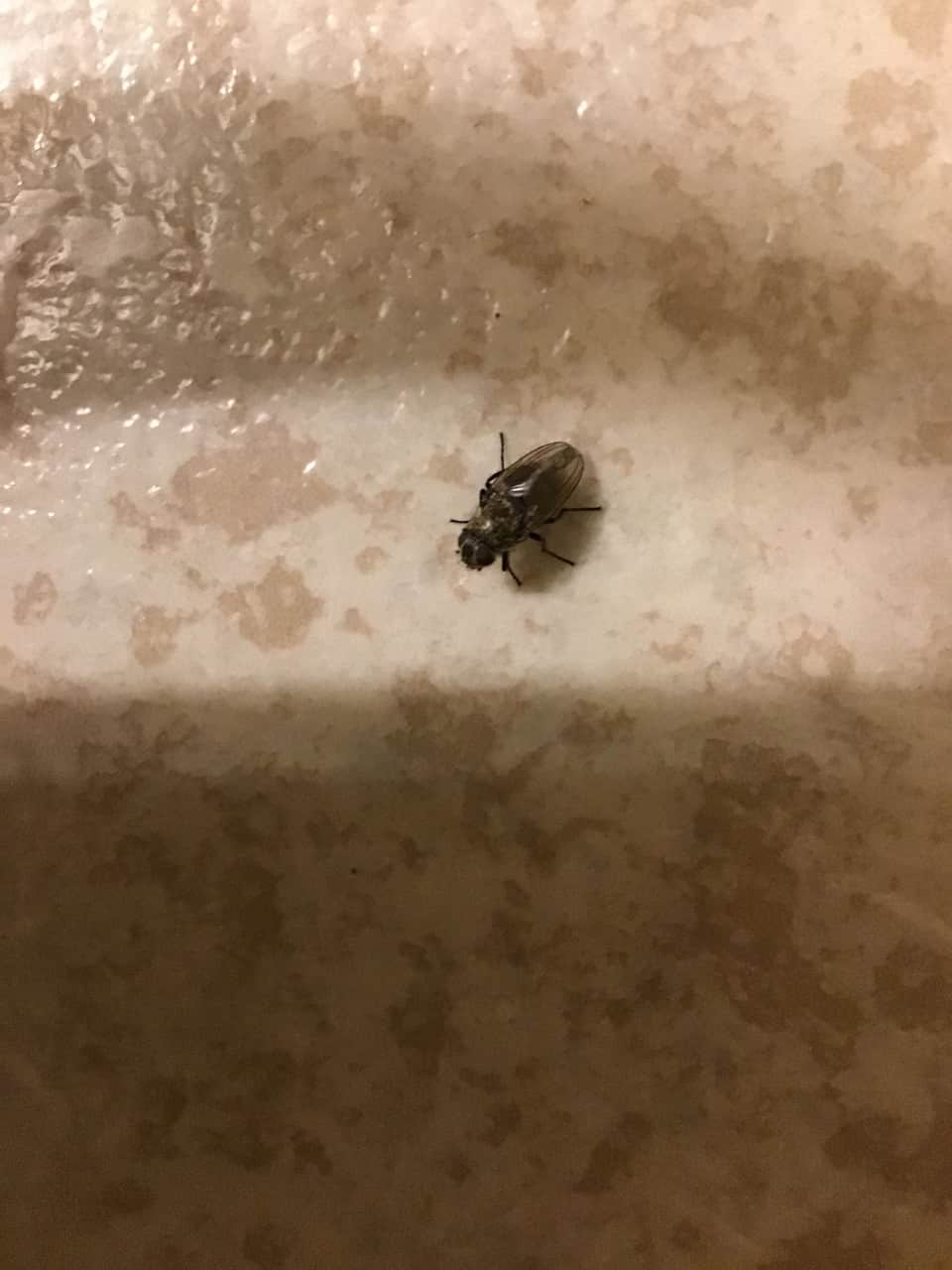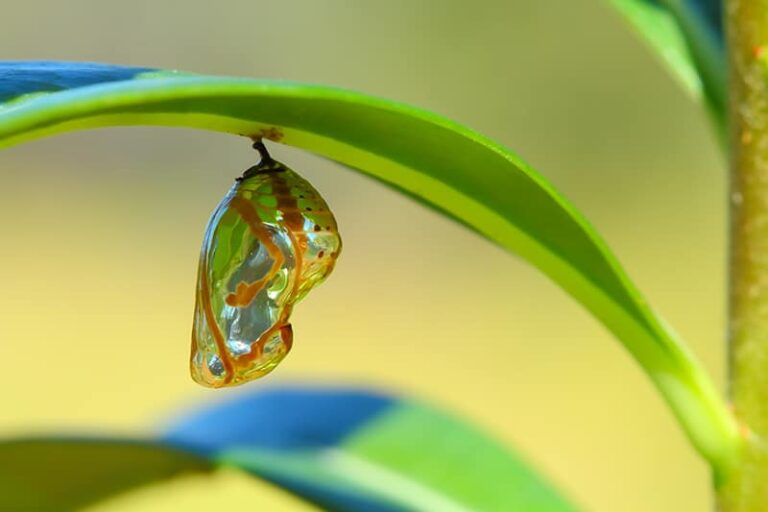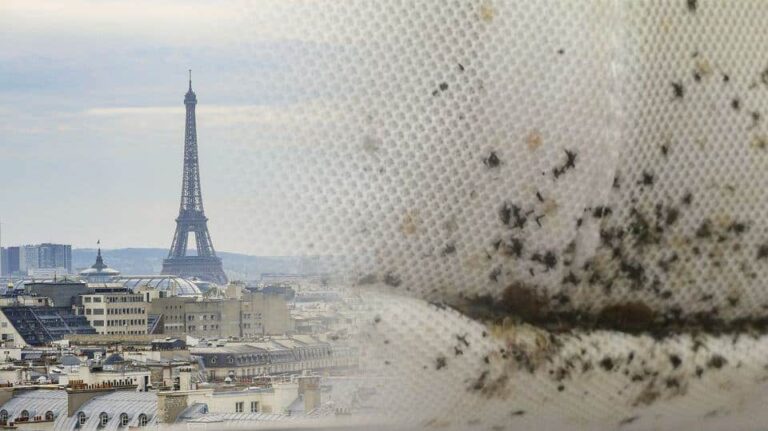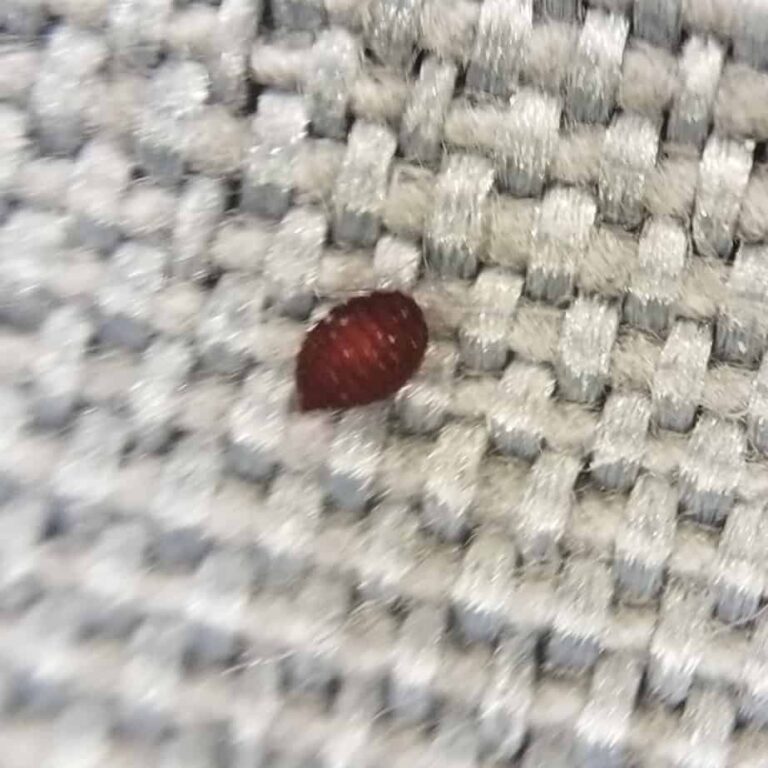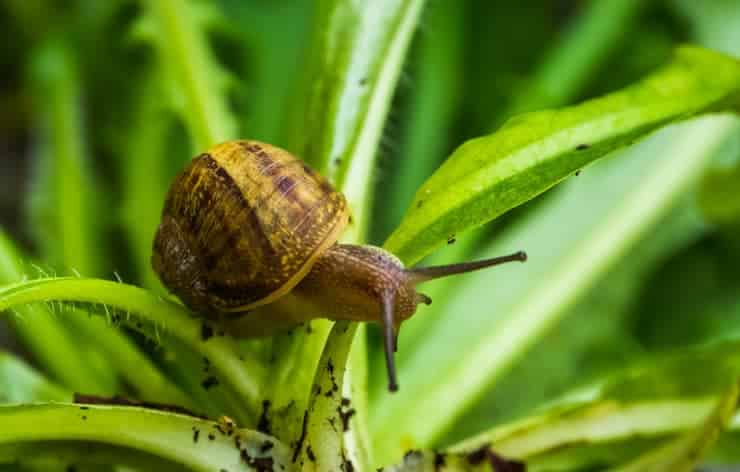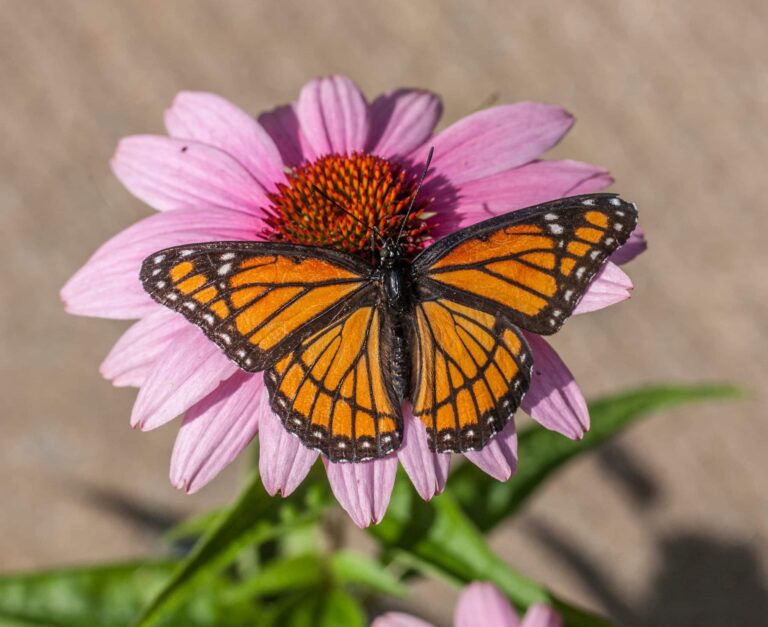How To Get Rid Of House Flies
How To Get Rid Of House Flies – Everyone has seen house flies flying around, either at outdoor barbecues or inside buzzing in the kitchen. At that moment, we all think the same thing. Where do they come from and what attracts them?
The house fly is one of the most common insects in the United States. They constantly find their way into our kitchens and prove to be a real nuisance. With their countless numbers begs the question, where do they come from?
Where Do House Flies Come From?
- House flies are known for laying their eggs in the vilest of places. These include garbage dumps, spoiled food, and even pet feces. In fact, these places are what house flies call home and they lay their eggs here. Their eggs then hatch and depending on the proximity of where they laid their eggs they will be attracted into your home.
- They are most attracted to overripe fruits and vegetables and any sugary drinks. In addition, this explains why we are always under attack every time we drink a sugary soft drink.
What Attracts Flies Into Your House?
- There are a couple evident signs that allow for people to know whether they may have a serious house fly situation. The primary sign that alerts you to a potential fly infestation is physically seeing the flies.
- Usually when an individual has a house fly problem it is from lack of cleaning. Therefore, the best way to get rid of house flies is to consistently clean your residence or your commercial business. This is the best prevention against house flies.
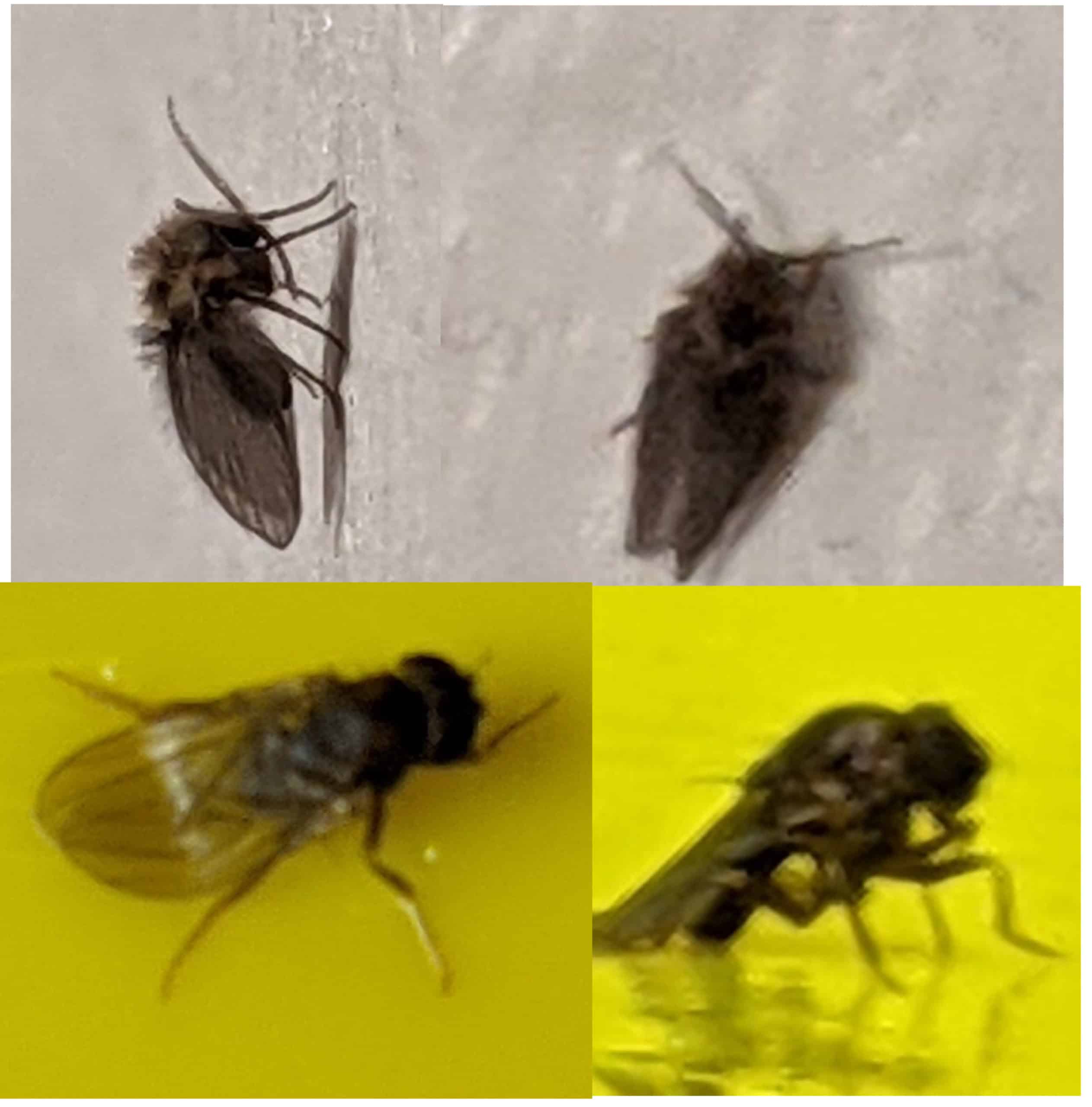
Fun Facts About The House Fly
- House flies live on a liquid diet.
- Since flies cannot chew solid foods, they must break down their food into liquids. So, everything they eat is technically a liquid.
- They spread a variety of diseases.
- Due to where they are born and what they eat they tend to spread several different diseases. These diseases include Typhoid fever, E. coli, cholera, and more. These diseases can either be transferred by the fly’s legs or their tongue.
- House flies can walk upside down.
- Houseflies have adhesive pads on the feet, called pulvilli. These have tiny hairs that have spatula-like tips. These hairs are called setae. This allows the fly to walk upside down without falling.
- House flies have the ability to taste with their feet.
- Similar to other insects such as butterflies, they have taste receptors located on their legs that allow them to taste their food. These receptors are called Chemensensilla’s.
To conclude, the best way to know if you have an infestation of house flies is to have a professional inspect. Call U.S. Pest today at 615-822-8500 or contact us to get a quote & free inspection!

